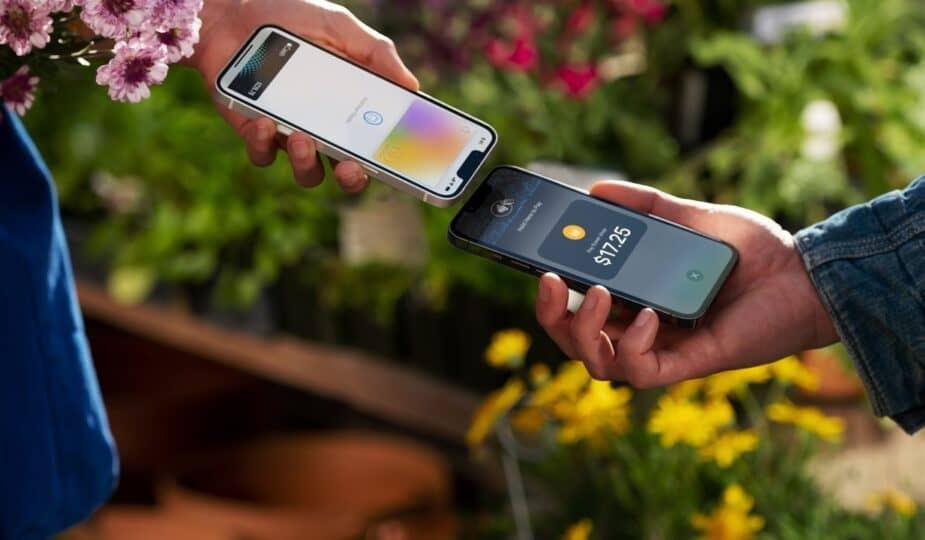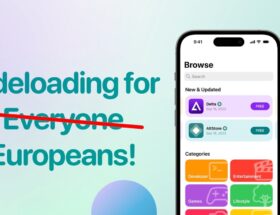Pay with tap on iPhone
0 Facebook x.com Reddit
There's no denying that Apple Pay is a convenient way to make purchases — but the ease of use also means it's an easy way to fall victim to scams. Here's how to avoid it and what to do if it happens.
TikToker Hannah (@mamaahannaa) thought she was doing a good deed by helping two men raise money for their local college. Unfortunately, she has just fallen victim to a new type of scam.
In a video that went viral, Hannah talks about how she was shopping at Target when she was approached by two young men selling chocolate to raise money for their Christian community college. Hannah decided to buy $10 worth of chocolates to support the cause.
@mamaahannaa Reply to @mlwatson17 original sound – Hannah
Hannah activated Apple Pay on her phone to buy chocolate when one of the young men tapped his phone on hers instead allow her to initiate the transaction.
Hannah asked for a receipt when the boys immediately started apologizing. Apparently they “accidentally” charged her $975, which isn't very close to $10.
“At that point, I still wanted to believe him because he seemed very apologetic and I was very naive,” Hannah said in a follow-up video. “I had a really long day and I didn’t want to deal with it right now.”
@mamaahannaa Reply to @mlwatson17 original audio – Hannah
Hannah contacted Apple Pay support after the transaction, hoping the issue would be resolved quickly. However, Apple told her that they did not have enough evidence that she did not intend to pay the specified amount.
She then contacted Goldman Sachs, the bank associated with the Apple Card, and was told it could take up to three months to resolve the dispute.
Of course, it's easy to point the finger and assume that this will never happen to you. These scams often target people who are in a hurry but still want to help.
And, as The Daily Dot points out, you don't even have to contact the scammer directly for this to happen. Fraudsters may hover near point-of-service terminals at crowded events such as music festivals and swoop in to “steal” tap-to-pay transactions.
Still, it's worth remaining vigilant, especially since we're likely to see an increase in this type of scam as tap-to-pay becomes more common. Whenever you're asked to pay using Tap-to-Pay, make sure you see the transaction amount before you double-click to open Apple Pay.
When in public places, such as festivals, fairs, or concerts, don't call Apple Pay ahead of time. The Tap-to-Pay system uses near field communication (NFC) chips that are spaced about four inches apart. Please wait until you point your device at a trusted contactless payment point to initiate payment.
And if you were deceived, contact the appropriate bank. Although Apple may create your iPhone, they have no control over how you use it.
On the other hand, your bank or credit card issuer has a say in where your money goes.
Follow AppleInsider on Google News.









